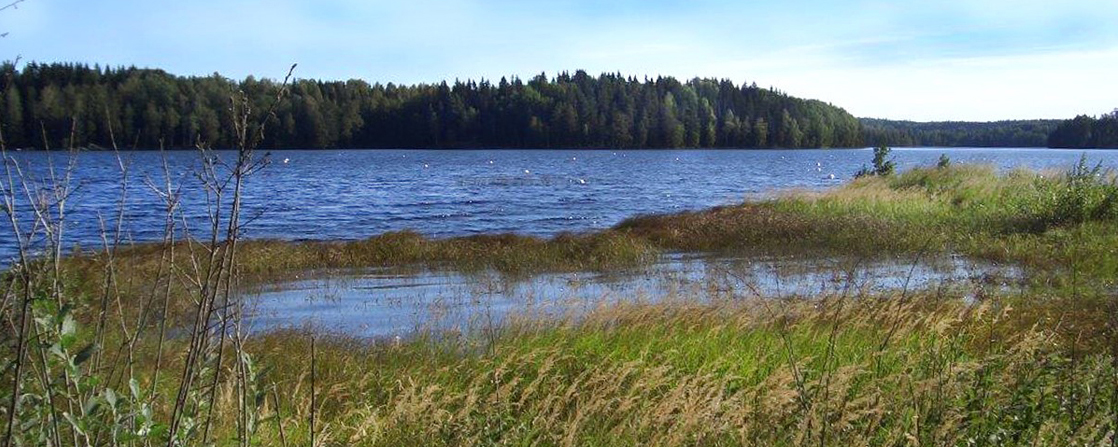The current accounting of continental greenhouse gas budgets has relied on measurements of vertical carbon dioxide (CO2) exchange between vegetation and the atmosphere. The budgets have ignored dissolved carbon (C) and nitrogen (N) transport in water to streams and lakes and the subsequent exchange between the atmosphere and surface waters. Aquatic habitats can be significant net sources of CO2 and methane (CH4) and potential hot spots for N2O release, all important for natural greenhouse gas (GHG) emissions. Inland waters need to be included in the C and GHG balances for terrestrial landscapes.
This project aims to quantify GHG balances at the landscape scale in a forested catchment and include land-atmosphere, land-water, and water-atmosphere exchange of CO2, CH4 and N2O. New measurements and technologies as well as available data from ongoing environmental monitoring will be used to estimate the overall landscape net C and GHG balances at different scales by linking data with models.
This project combines expertise regarding terrestrial, aquatic, and atmospheric processes, and biogeochemical cycling and modelling, at six Swedish universities. It takes advantage of major national and international research infrastructure networks, and will provide knowledge regarding landscape management to minimize GHG release.



